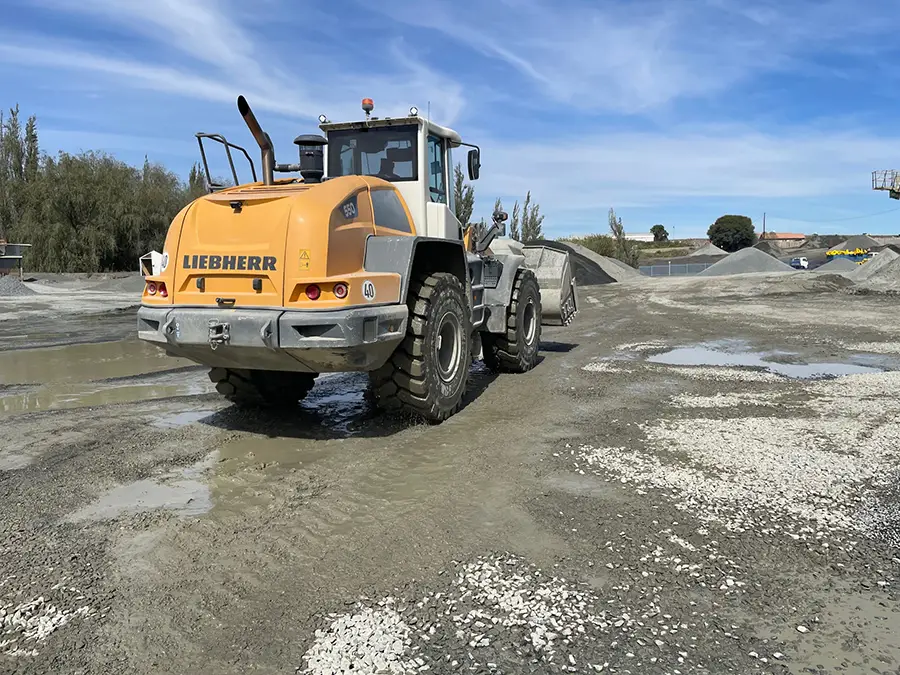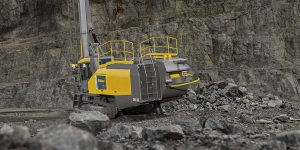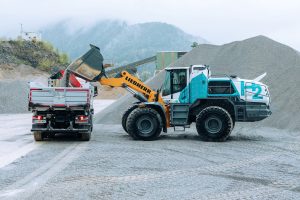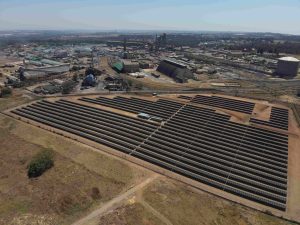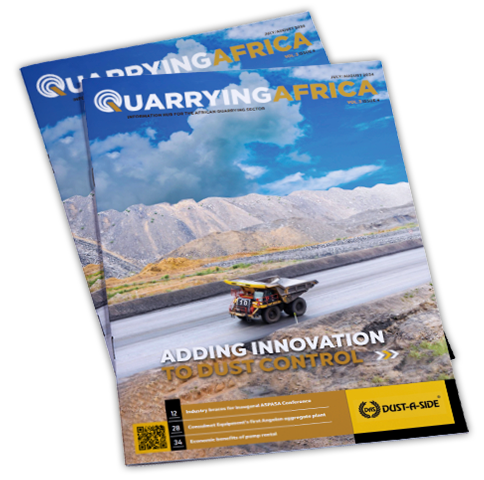When Liebherr-Africa first introduced the new generation Liebherr 5.1 wheel loader range in southern Africa, Tendayi Kudumba, GM Earthmoving Technology, was adamant that the range was going to usher in a new era with its efficiency, increased tipping loads, larger bucket sizes and more engine power, resulting in up to 25% less fuel burn per hour and 15% higher production compared with the previous 5.0 generation.
Fast-forward to a year-and-a-half later, the range has found favour across numerous applications, including quarrying, construction, contract mining and port handling, confirms Lavell Ruthman, head of sales – Earthmoving Technology at Liebherr-Africa.
Since the launch of the new Gen 5.1, Liebherr-Africa has sold nearly 100 units across the three model lines. The machines have proven themselves in all environments, from coal mining with bigger buckets, to challenging applications such as chrome and manganese.
“The L 550 has particularly been popular in smaller quarrying applications, vessel loading and roadworks, while the L 566 has gained quick traction at larger quarry sites as well as coal, chrome, manganese and iron ore magnetite mines. With its large bucket, the L 580 has mainly been sold at ports for materials handling,” explains Ruthman.
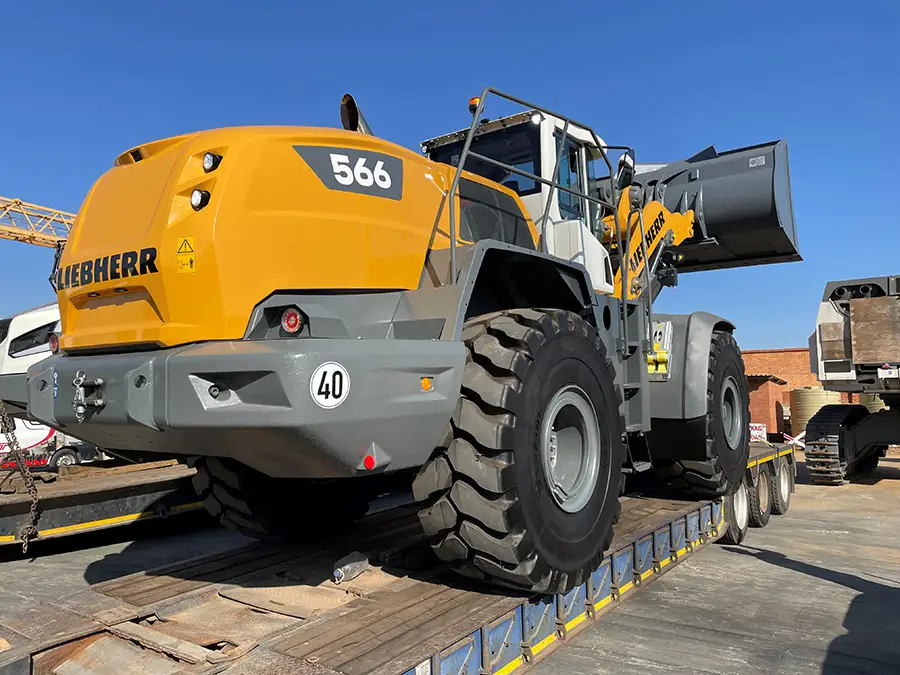
Performance matters
Commenting on why the machines have seen such a quick uptake in a short space of time, Ruthman says the new L 550, L 566 and L 580 wheel loaders feature Liebherr’s proven hydrostatic travel drive, which is renowned for its efficiency. The Liebherr driveline achieves a reduction in fuel consumption of up to 25%. Given that fuel is a major cost driver for loading operations, this reduces operating costs significantly. The L 550 benefits from bigger pumps; Liebherr’s own LH pumps are now used on the L 566 and L 580.
Thanks to increases in engine power, the travel drive is even more powerful while maintaining lower levels of fuel consumption. While the L 566 has maintained the same level of engine power (200 kW) as its predecessor, the L 550 and the L 580 benefit from a power increase of 13% (168 kW) and 9% (219 kW), respectively.
“This is advantageous when accelerating or penetrating material and lowers fleet fuel costs. The wheel loaders carry less dead weight and have ideally positioned fuel tanks which do not affect the static tipping load of the machines as fuel levels change,” explains Ruthman.
Continuous tractive force, combined with automatic limited slip differential, prevents wheelspin, thus increasing productivity, while reducing tyre wear by up to 25%.
In addition, the new range benefits from larger and stronger axles as well as increased operating weights, allowing for a marked increase in bucket capacities and ultimately productivity. The previous generation L 580, for example, weighed in at 25 tonnes (t), while the new improved model has a 27-t operating weight, which allows for a 4% standard bucket capacity increase from 5 m³ to 5,2 m³.
“The new L 550 has a 6% bucket capacity increase from 3,2 m³ to 3,4 m³. While the L 556 retains the same axle as its predecessor, the model also benefits, however, from a standard bucket capacity increase of 4% (4 m³ to 4,2 m³),” explains Kudumba.
Lift arm versions
With the new range, Liebherr has two lift arm versions on offer. Firstly, the Z-bar kinematics, which come to the fore particularly in the lower lifting range and for the break-out force. Secondly, the P-Kinematics, which have been designed for working with heavy working tools such as high dump buckets and log grapplers.
Finally, Liebherr also offers the High Lift arms – an extended version of the Z-bar kinematics with the longest lift arms in this wheel loader segment. These ensure greater reach and more productive loading procedures at great heights, which is beneficial when loading railway wagons or lorries with high sides.
The working hydraulics of the wheel loaders have impressed local customers with their larger components and new electrohydraulic pilot control. This technology ensures responsive movements of the lift arms, independent of the size or weight of the working tool.
Liebherr also offers a new, standard weighing device on the basis of the electrohydraulic pilot control. The assistance system works automatically as a check scale and provides real time information about the loading procedure. This data helps machine operators to fill dumpers very precisely with the specified quantities and thus avoids overfilling.
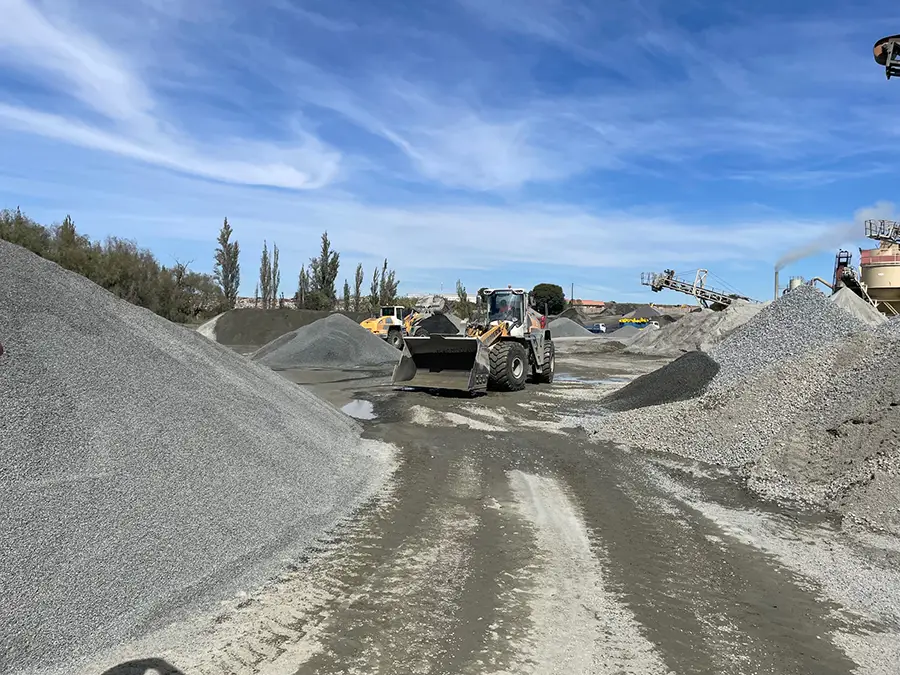
Safe loading
The new range offers increased safety thanks to the electrohydraulic pilot control. “The electrohydraulic pilot control enables operators to perform individual adjustments on the new wheel loaders. For example, they can set lift limitations and maximum tilt-out heights, thus reducing the risk of accidents in areas where space is restricted. The tilt-out speed can also be programmed to protect lift arm components and the installed equipment,” says Kudumba.
In addition to these optimisations for operating safety, Liebherr has also invested in the operational reliability of the new wheel loaders, given that they are faced with an abundance of challenges: remote operating areas, extreme climates, demanding loading materials and multi-shift operation over a long period, all demand a high degree of reliability.
“For this reason, Liebherr has installed larger axles than were fitted on predecessor models. Liebherr has drawn on proven components from its other wheel loaders for the core components and steel construction,” says Ruthman.
Comfort and functionality
When designing the new wheel loader range, Liebherr paid particular attention to operator comfort, which is a key parameter in enhancing productivity. The clean lines on the rear as well as the large glass surfaces in the cab facilitate good all-round visibility. Furthermore, the optional reversing camera, which is installed in a protected position in the engine bonnet, helps the machine operator to keep an eye on the area to the rear.
Numerous details that have been seamlessly integrated into the wheel loaders’ exterior design make service work easier. For example, on the L 566 and L 580, the engine bonnet opens to the rear, making the diesel engine freely and safely accessible.
A sturdy cab access leads to the redesigned and spacious operator’s cab. One of the special features of the cab is the height-adjustable 9-inch touch display with intuitive menu navigation. The high-resolution display provides a clear overview of all the wheel loader’s operating information.
“The new Liebherr control lever enables the highly sensitive control of work movements as part of the modern operating concept. All movements can be done with one hand, while the other hand can always remain on the steering column. Hydraulic working tools, such as the log grappler, can also be precisely controlled with the optional mini joystick on the control lever,” concludes Ruthman.
